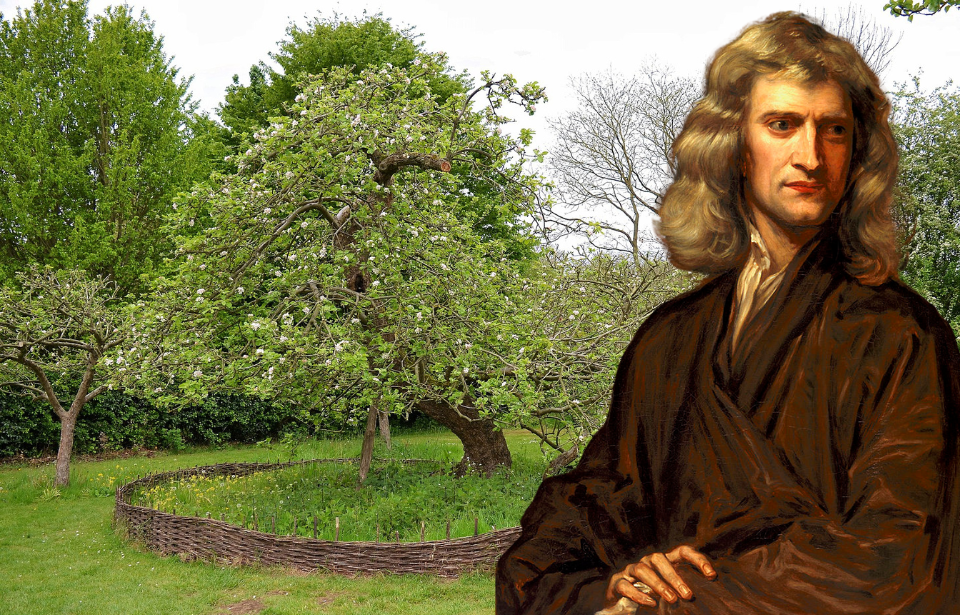Isaac Newton is among the most famous figures in the history of mathematics, philosophy and science. He’s probably best known for his theory of gravity, which he alleged came to him after an apple fell on his head while sitting under a tree at his birthplace at Woolsthorpe Manor. What many don’t realize is that this historic tree is still around centuries later!
Isaac Newton
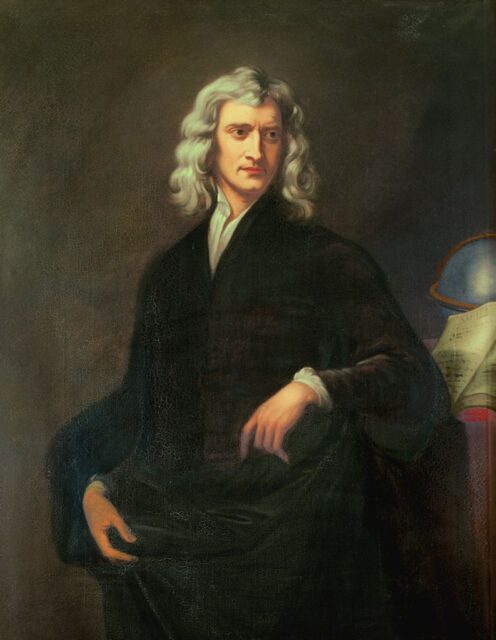
Isaac Newton was born on December 25, 1642, in Woolsthorpe-by-Colsterworth, Lincolnshire. The English polymath showed an aptitude for math and science early on, largely due to his attending The King’s School, which taught a host of advanced subjects. This was followed by his admission to Trinity College at Cambridge, where he delved headfirst into philosophy and math.
Following his education, he helped develop infinitesimal calculus, along with German mathematician Gottfried Wilhelm Leibniz, and turned into a central figure in both the Scientific Revolution and the Age of Enlightenment – a period of both intellectual and philosophical growth in Europe.
That’s not all Newton accomplished during his 84 years on this Earth. He was instrumental in the formulation of the laws of gravitation and motion, which he documented in his 1867 work, The Principia: Mathematical Principles of Natural Philosophy, and was among those to look into early modern chemistry. On top of that, he also invented the reflecting telescope, which uses curved mirrors to reflect light and create an image, and proposed a new theory of light and color.
Did an apple really fall on Isaac Newton’s head?
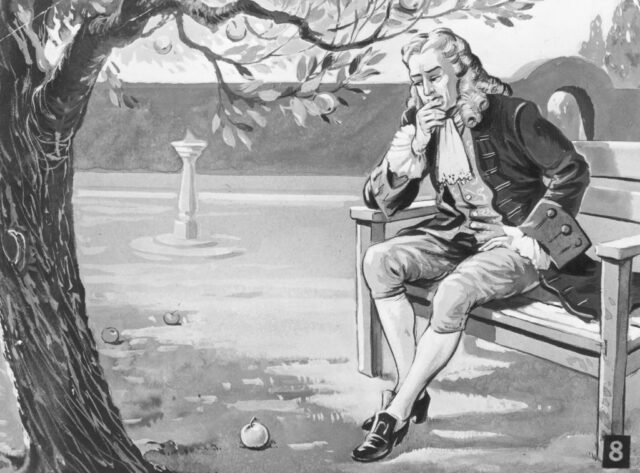
According to Isaac Newton, he was able to form his theory of gravity after an apple fell on his head while he sat beneath a tree at Woolsthorpe Manor, his birthplace. There’s debate among historians as to whether or not this event actually happened or if it’s a myth, but there’s no doubt the polymath frequently shared the anecdote with others, including John Conduitt, Catherine Barton and French philosopher Voltaire.
Recalling what Newton told him in the biography, Memoirs of Sir Isaac Newton’s life, William Stukeley wrote, “after dinner, the weather being warm, we went into the garden, & drank thea under the shade of some appletrees, only he, & myself. amidst other discourse, he told me, he was just in the same situation, as when formerly, the notion of gravitation came into his mind.”
There’s no way to know for sure the authenticity of the story. It could have happened and simply been embellished over the centuries, but with the man at the center of the tale long gone, it looks like historians will never know for sure.
The tree where Isaac Newton discovered gravity still exists
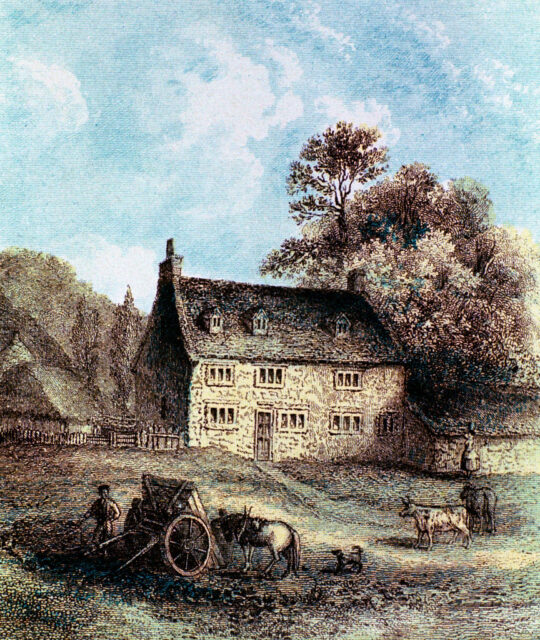
While no one is 100 percent sure which is the exact tree Isaac Newton was sitting beneath when he thought up his theory of gravity, the majority have a pretty good idea, as there’s one in the family orchard that dates back over 400 years, having been regrown from surviving roots after it was blown down during a particularly intense storm in 1816.
Known for growing the Flower of Kent, a cooking apple, the tree still exists to this day. It’s taken care of by gardeners employed at Woolsthorpe Manor and the National Trust for Places of Historic Interest or Natural Beauty. To ensure no one damages it, a fence was erected; trees are known to live for centuries, and no one wants anyone (or anything) to ruin this important piece of history.
Clones across the world
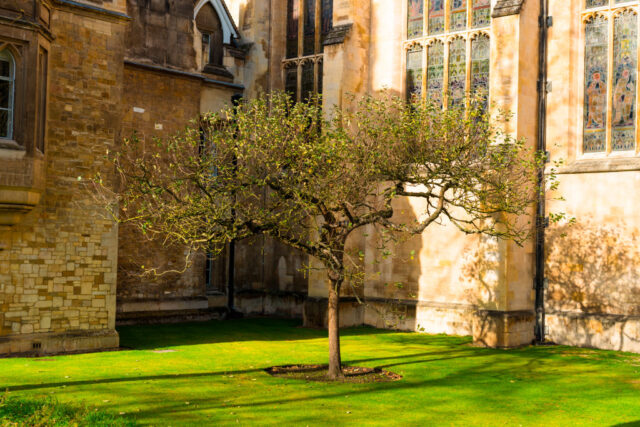
While the fact the tree still exists is incredible in and of itself, what’s even more spectacular is that it has spawned clones that grow all across the world! The most famous is the one growing at Trinity College, which is genetically identical, and Loughborough was gifted five cuttings from the original tree, which have allowed the school to grow its own versions.
The University of York is home to a tree that was propagated from the one at Woolsthorpe Manor by Rev. Charles Turnor in 1820 – and, boy, did it have an adventure. The school was its final stop, with it traveling from Belton Park to a Fruit Research Station in Kent, to the Cambridge Botanical Gardens to Kew Gardens. It was the latter that ultimately gifted it to York.
More from us: The Famous ‘Terracotta Army’ Was Discovered By Farmers Digging a Well
Among the other locations where descendants of the original continue to thrive are the Massachusetts Institute of Technology (MIT) in Cambridge, Massachusetts; Brown University in Providence, Rhode Island; Technische Hochschule Wildau in Berlin, Germany; and the National Physical Laboratory in Greater London, just to name a few.
